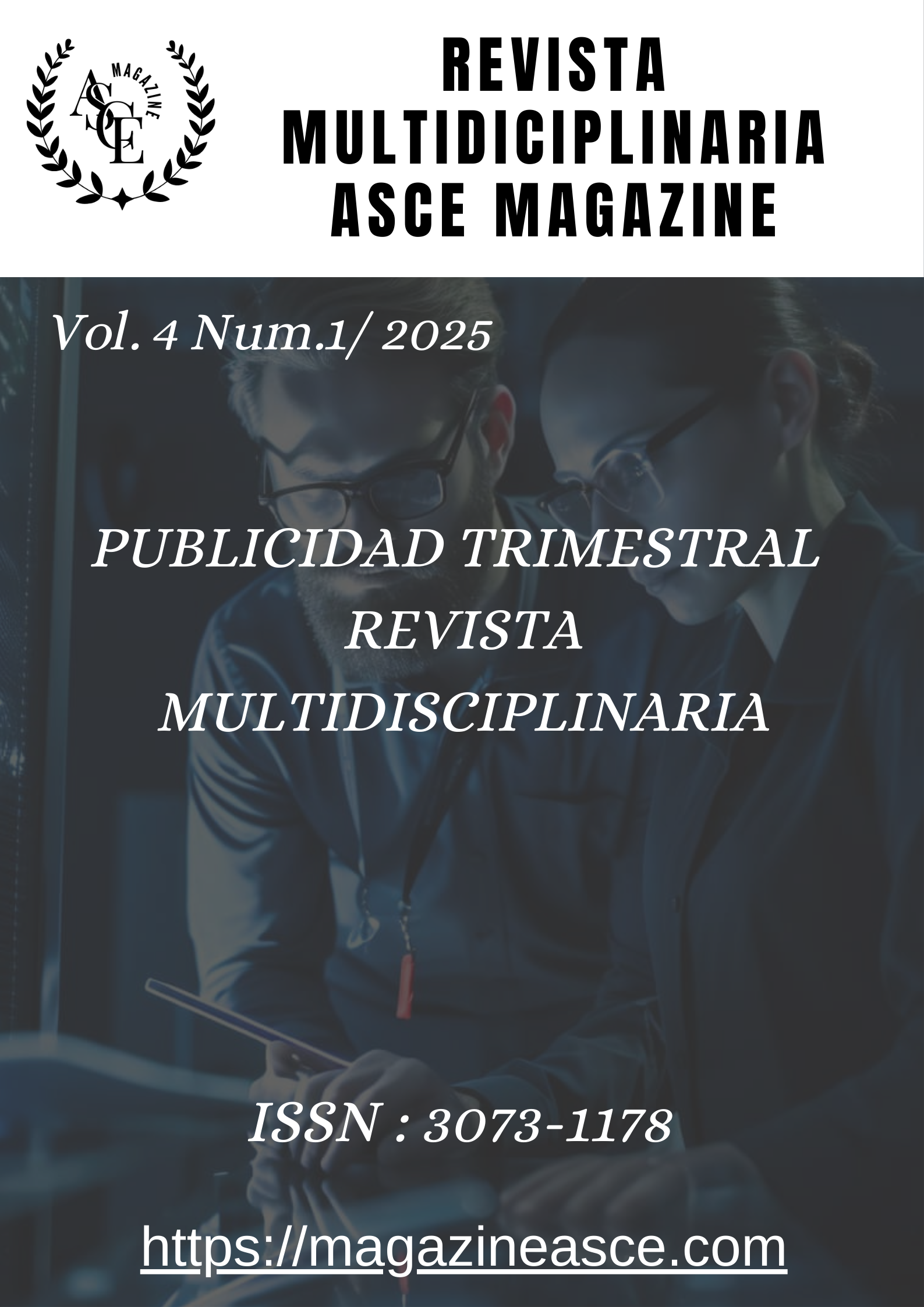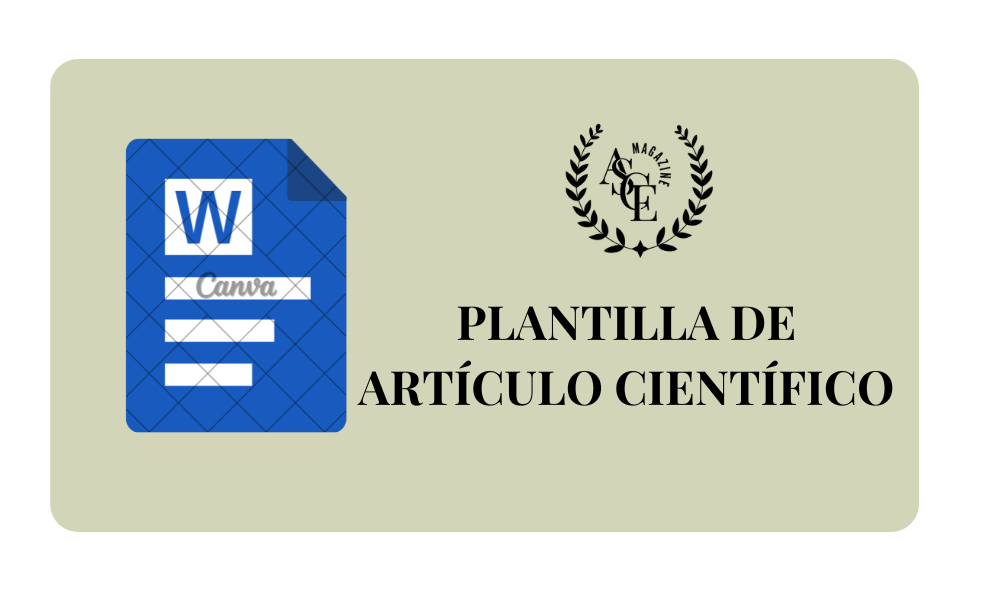Manejo óptimo de esquemas antibióticos para prevenir infecciones en fracturas expuestas
DOI:
https://doi.org/10.70577/4wnb6528/asce/41.55Palabras clave:
Fracturas abiertas; profilaxis antibiótica; prevención de infección; terapia empírica con antibióticos; cicatrización de heridasResumen
Introducción: Las fracturas expuestas presentan un alto riesgo de infección, lo que exige profilaxis antibiótica para prevenir complicaciones. Esta revisión compara la efectividad de los regímenes antibióticos clásicos y actualizados en términos de incidencia de infecciones, tiempo de cicatrización y relación costo-beneficio. El objetivo fue evaluar ambos regímenes para facilitar la toma de decisiones clínicas.
Materiales y Métodos: Se realizó una revisión de estudios en PubMed y ScienceDirect entre 2019 y 2024. Se incluyeron estudios en inglés o español con diseño metodológico robusto (ensayos controlados aleatorizados, estudios de cohorte y revisiones sistemáticas) enfocados en el uso de profilaxis antibiótica en fracturas expuestas. La selección final incluyó 15 estudios con niveles de evidencia I y III, según el Oxford Centre for Evidence-Based Medicine.
Resultados: Los regímenes antibióticos actualizados, que incluyen antibióticos de amplio espectro como vancomicina y meropenem, reducen la incidencia de infecciones en fracturas de alta complejidad, mejoran los tiempos de cicatrización y disminuyen la necesidad de reintervenciones. Aunque el costo inicial resulta mayor, estos tratamientos generan ahorros al reducir hospitalizaciones y complicaciones. En contextos de recursos limitados, los regímenes clásicos resultan efectivos y rentables en fracturas de bajo riesgo.
Conclusiones: La profilaxis antibiótica actualizada muestra mayor eficacia en fracturas complejas, mejorando los resultados clínicos y justificando su inversión. En fracturas de menor riesgo, los regímenes clásicos representan una alternativa costo-efectiva.
Descargas
Citas
Atwan, Y., Miclau, T., Schemitsch, E. H., & Teague, D. (2020). Antibiotic utilization in open fractures. OTA International, 3(1), 3–5. https://doi.org/10.1097/OI9.0000000000000071 DOI: https://doi.org/10.1097/OI9.0000000000000071
Baertl, S., Walter, N., Engelstaedter, U., Ehrenschwender, M., Hitzenbichler, F., Alt, V., & Rupp, M. (2022). What Is the Most Effective Empirical Antibiotic Treatment for Early, Delayed, and Late Fracture-Related Infections? Antibiotics, 11(3), 1–11. https://doi.org/10.3390/antibiotics11030287 DOI: https://doi.org/10.3390/antibiotics11030287
Barnard, E. R., Stwalley, D., & Miller, A. N. (2023). State of the Union: Timeliness to Antibiotics in Open Fractures. Journal of Orthopaedic Trauma, 37(5), E213–E218. https://doi.org/10.1097/BOT.0000000000002546 DOI: https://doi.org/10.1097/BOT.0000000000002546
Chan, J. K. K., Aquilina, A. L., Lewis, S. R., Rodrigues, J. N., Griffin, X. L., & Nanchahal, J. (2022). Timing of antibiotic administration, wound debridement, and the stages of reconstructive surgery for open long bone fractures of the upper and lower limbs. Cochrane Database of Systematic Reviews, 2022(4). https://doi.org/10.1002/14651858.CD013555.pub2 DOI: https://doi.org/10.1002/14651858.CD013555.pub2
Chang, Y., Bhandari, M., Zhu, K. L., Mirza, R. D., Ren, M., Kennedy, S. A., Negm, A., Bhatnagar, N., Naji, F. N., Milovanovic, L., Fei, Y., Agarwal, A., Kamran, R., Cho, S. M., Schandelmaier, S., Wang, L., Jin, L., Hu, S., Zhao, Y., … Guyatt, G. H. (2019). Antibiotic Prophylaxis in the Management of Open Fractures. JBJS Reviews, 7(2), 1–15. https://doi.org/10.2106/JBJS.RVW.17.00197 DOI: https://doi.org/10.2106/JBJS.RVW.17.00197
Dheenadhayalan, J., Nagashree, V., Devendra, A., Velmurugesan, P. S., & Rajasekaran, S. (2023). Management of open fractures: A narrative review. Journal of Clinical Orthopaedics and Trauma, 44, 102246. https://doi.org/10.1016/j.jcot.2023.102246 DOI: https://doi.org/10.1016/j.jcot.2023.102246
Duane, T. M., Sercy, E., Banton, K. L., Blackwood, B., Hamilton, D., Hentzen, A., Hatch, M., Akinola, K., Gordon, J., & Bar-Or, D. (2022). Factors associated with delays in medical and surgical open facial fracture management. Trauma Surgery and Acute Care Open, 7(1). https://doi.org/10.1136/tsaco-2022-000952 DOI: https://doi.org/10.1136/tsaco-2022-000952
Gaudias, J. (2021). Antibiotic prophylaxis in orthopedics-traumatology. Orthopaedics and Traumatology: Surgery and Research, 107(1), 102751. https://doi.org/10.1016/j.otsr.2020.102751 DOI: https://doi.org/10.1016/j.otsr.2020.102751
Habib, A. M., Wong, A. D., Schreiner, G. C., Satti, K. F., Riblet, N. B., Johnson, H. A., & Ossoff, J. P. (2019). Postoperative prophylactic antibiotics for facial fractures: A systematic review and meta-analysis. Laryngoscope, 129(1), 82–95. https://doi.org/10.1002/lary.27210 DOI: https://doi.org/10.1002/lary.27210
Johnson, H. C., Bailey, A. M., Baum, R. A., Justice, S. B., & Weant, K. A. (2020). Compliance and Related Outcomes of Prophylactic Antibiotics in Traumatic Open Fractures. Hospital Pharmacy, 55(3), 193–198. https://doi.org/10.1177/0018578719836638 DOI: https://doi.org/10.1177/0018578719836638
Li, B., Liu, C., Alt, V., Rupp, M., Zhang, N., Cheung, W. H., Jantsch, J., & Wong, R. M. Y. (2024). Multidisciplinary approach and host optimization for fracture-related infection management. Injury, 55(S6), 111899. https://doi.org/10.1016/j.injury.2024.111899 DOI: https://doi.org/10.1016/j.injury.2024.111899
Loh, B., Lim, J. A., Seah, M., & Khan, W. (2022). Perioperative management of open fractures in the lower limb. Journal of Perioperative Practice, 32(5), 100–107. https://doi.org/10.1177/17504589211012150 DOI: https://doi.org/10.1177/17504589211012150
Marchiori, J. G. T., & Nunes, A. P. F. (2024). Time Until the Start of Antibiotic Prophylaxis and the Risk of Open Fracture Infection: a Systematic Review. Acta Ortopedica Brasileira, 32(2), 1–8. https://doi.org/10.1590/1413-785220243202e263176 DOI: https://doi.org/10.1590/1413-785220243202e263176
Mengistu, D. A., Alemu, A., Abdukadir, A. A., Mohammed Husen, A., Ahmed, F., Mohammed, B., & Musa, I. (2023). Global Incidence of Surgical Site Infection Among Patients: Systematic Review and Meta-Analysis. Inquiry (United States), 60. https://doi.org/10.1177/00469580231162549 DOI: https://doi.org/10.1177/00469580231162549
Minehara, H., Maruo, A., Amadei, R., Contini, A., Braile, A., Kelly, M., Jenner, L., Schemitsch, G. W., Schemitsch, E. H., & Miclau, T. (2023). Open fractures: Current treatment perspective. OTA International, 6(3). https://doi.org/10.1097/OI9.0000000000000240 DOI: https://doi.org/10.1097/OI9.0000000000000240
Pennone, V., Angelini, E., Sarlah, D., & Lovati, A. B. (2024). Antimicrobial Properties and Cytotoxicity of LL-37-Derived Synthetic Peptides to Treat Orthopedic Infections. Antibiotics, 13(8), 1–18. https://doi.org/10.3390/antibiotics13080764 DOI: https://doi.org/10.3390/antibiotics13080764
Phillips, B. T., Sheldon, E. S., Orhurhu, V., Ravinsky, R. A., Freiser, M. E., Asgarzadeh, M., Viswanath, O., Kaye, A. D., & Roguski, M. (2020). Preoperative Versus Extended Postoperative Antimicrobial Prophylaxis of Surgical Site Infection During Spinal Surgery: A Comprehensive Systematic Review and Meta-Analysis. Advances in Therapy, 37(6), 2710–2733. https://doi.org/10.1007/s12325-020-01371-5 DOI: https://doi.org/10.1007/s12325-020-01371-5
Puetzler, J., Zalavras, C., Moriarty, T. F., Verhofstad, M. H. J., Kates, S. L., Raschke, M. J., Rosslenbroich, S., & Metsemakers, W. J. (2019). Clinical practice in prevention of fracture-related infection: An international survey among 1197 orthopaedic trauma surgeons. Injury, 50(6), 1208–1215. https://doi.org/10.1016/j.injury.2019.04.013 DOI: https://doi.org/10.1016/j.injury.2019.04.013
Rüden, C. Von, Wunder, J., Schirdewahn, C., Augat, P., & Hackl, S. (2024). Initial treatment of severe soft-tissue injuries in closed and open fractures to prevent fracture-related infection. Injury, 55(S6), 111935. https://doi.org/10.1016/j.injury.2024.111935 DOI: https://doi.org/10.1016/j.injury.2024.111935
Straub, J., Baertl, S., Verheul, M., Walter, N., Wong, R. M. Y., Alt, V., & Rupp, M. (2024). Antimicrobial resistance: Biofilms, small colony variants, and intracellular bacteria. Injury, 55(S6), 111638. https://doi.org/10.1016/j.injury.2024.111638 DOI: https://doi.org/10.1016/j.injury.2024.111638
Vanvelk, N., Chen, B., Van Lieshout, E. M. M., Zalavras, C., Moriarty, T. F., Obremskey, W. T., Verhofstad, M. H. J., & Metsemakers, W. J. (2022). Duration of Perioperative Antibiotic Prophylaxis in Open Fractures: A Systematic Review and Critical Appraisal. Antibiotics, 11(3), 1–12. https://doi.org/10.3390/antibiotics11030293 DOI: https://doi.org/10.3390/antibiotics11030293
Zhong, W., Wang, Y., Wang, H., Han, P., Sun, Y., Chai, Y., Lu, S., & Hu, C. (2023). Bacterial Contamination of Open Fractures: Pathogens and Antibiotic Resistance Patterns in East China. Journal of Personalized Medicine, 13(5). https://doi.org/10.3390/jpm13050735 DOI: https://doi.org/10.3390/jpm13050735
Zuelzer, D. A., Hayes, C. B., Hautala, G. S., Akbar, A., Mayer, R. R., Jacobs, C. A., Wright, R. D., Moghadamian, E. S., & Matuszewski, P. E. (2021). Early Antibiotic Administration Is Associated with a Reduced Infection Risk When Combined with Primary Wound Closure in Patients with Open Tibia Fractures. Clinical Orthopaedics and Related Research, 479(3), 613–619. https://doi.org/10.1097/CORR.0000000000001507 DOI: https://doi.org/10.1097/CORR.0000000000001507
Descargas
Publicado
Cómo citar
Número
Sección
Licencia
Derechos de autor 2025 Christian David Toapanta Tixi, Ivette Carolina Samaniego Samaniego, Dennise Priscila Rodríguez Lalaleo, Telenchana Chimbo Paulo Fernando

Esta obra está bajo una licencia internacional Creative Commons Atribución-SinDerivadas 4.0.






























